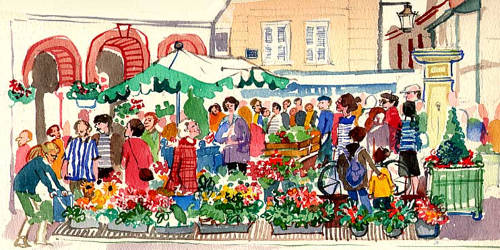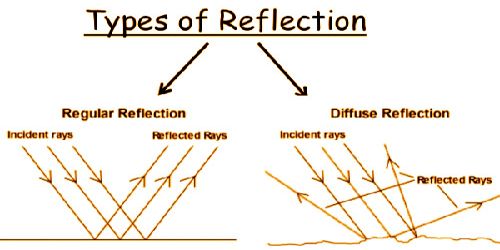Masjidkur Mosque (Bengali: মসজিদকুঁড় মসজিদ) is a fine example of Khan-e-Jahan style, and this mosque is one of the archaeological sights of Bangladesh, located in Koyra Upazila of Khulna District. The mosque is a brick-built multi-domed square structure, measuring 12.19 m a side inside and 16.76 m outside. Traditionally, the four outer angles have been emphasized with strong circular corner towers that rise to the level of the roof. As for the qibla wall, the other three sides all have three arched openings, the central one of which is larger than the flanking ones. The qibla wall is internally recessed with three semi-circular mihrab niches in alignment with the three eastern archways. The main mihrab is much bigger and is projected backward. The building’s cornices are gentlely angled. Founded in the latter part of the 15th century, the mosque was under the control of Burhan Khan and Fateh Khan, local members of Khan Jahan. The architectural features are very similar to those of other Bagerhat Khan-e-Jahan monuments.
Masjidkur was named as the mosque was dug from the deep ground. Archeologists think this mosque was most likely built during the reign of Khan Jahan Ali, as the region was under his control. The original mosque sank to earth over the course of time. Before the region was replete with woods and trees. It was discovered later on this excavation and the mosque was discovered beneath the ground. The interior of the mosque is split into nine equal square divisions by four stone pillars; each division is roofed over by an inverted cup-shaped dome. Such domes are borne on arches springing from the stone pillars that intersect. The upper corners between the intersecting arches are lined with Bengali pendentives made up of corner-wise and edge-wise over-sailing courses of bricks. The mosque was originally decorated with terracotta, remnants of which can still be found in the niches of the mihrab and in the archways spandrels. Of the varieties of decorative motif rosettes, jali work, lozenges, and floral scrolls are prominent. During the mosque ‘s discovery, no inscription was found and there’s no right idea of its construction period. In Bengal, the Noy Gombuj Mosque in Bagerhat and Qasba Mosque in Gaurnadi in Barisal are early examples of other nine-domed mosques. The mosque is now a protected monument of the Department of Archaeology (DOA), Bangladesh, which has repaired the domes and replaced broken terracotta plaques.
















